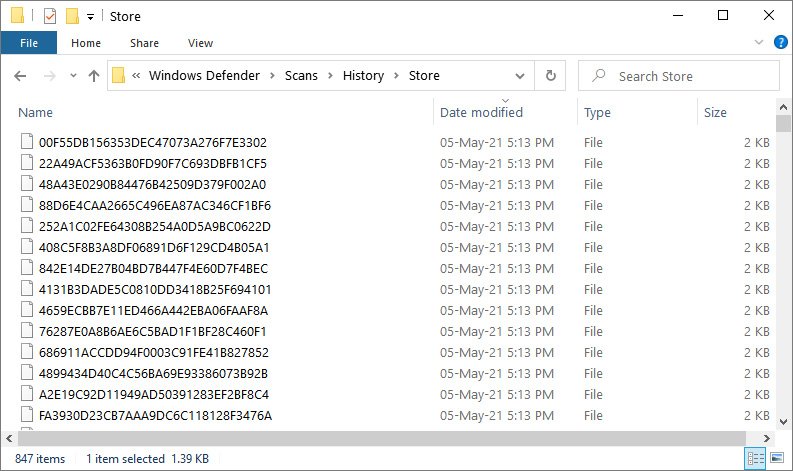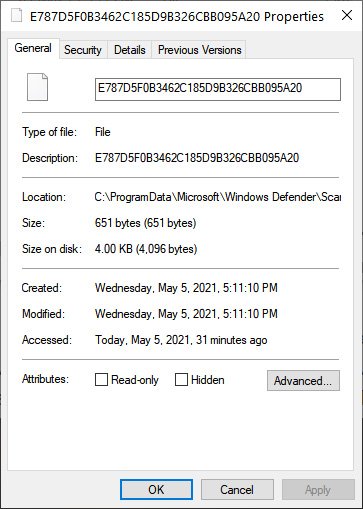They may be tiny weapons, but BYU’s holography research group has figured out how to create lightsabers — green for Yoda and red for Darth Vader, naturally — with actual luminous beams rising from them.
Inspired by the displays of science fiction, the researchers have also engineered battles between equally small versions of the Starship Enterprise and a Klingon Battle Cruiser that incorporate photon torpedoes launching and striking the enemy vessel that you can see with the naked eye.
“What you’re seeing in the scenes we create is real; there is nothing computer generated about them,” said lead researcher Dan Smalley, a professor of electrical engineering at BYU. “This is not like the movies, where the lightsabers or the photon torpedoes never really existed in physical space. These are real, and if you look at them from any angle, you will see them existing in that space.”
[…]
Smalley and Rogers detail these and other recent breakthroughs in a new paper published in Nature Scientific Reports this month. The work overcomes a limiting factor to optical trap displays: wherein this technology lacks the ability to show virtual images, Smalley and Rogers show it is possible to simulate virtual images by employing a time-varying perspective projection backdrop.
“We can play some fancy tricks with motion parallax and we can make the display look a lot bigger than it physically is,” Rogers said. “This methodology would allow us to create the illusion of a much deeper display up to theoretically an infinite size display.”
To see more of the holography work professor Dan Smalley is doing with his students, check out his lab website here: https://www.smalleyholography.org/
Source: BYU hologram experts can now create real-life images that move in the air




